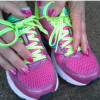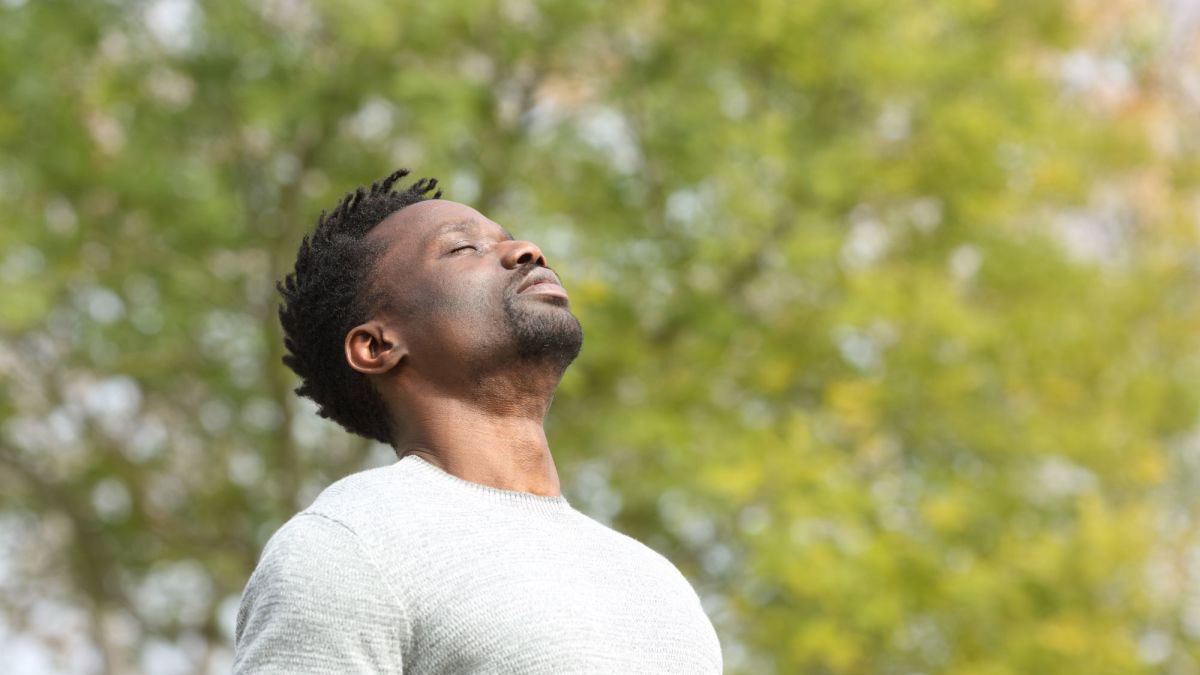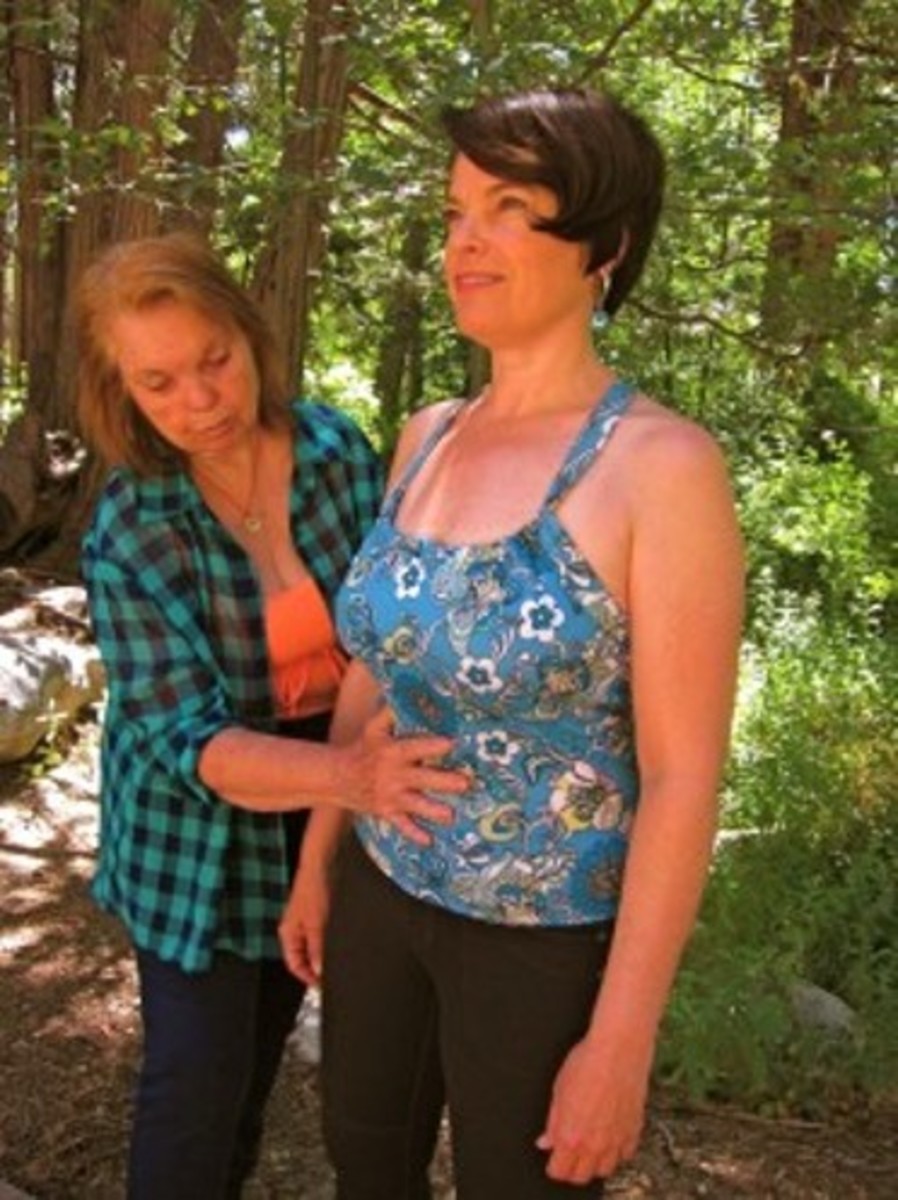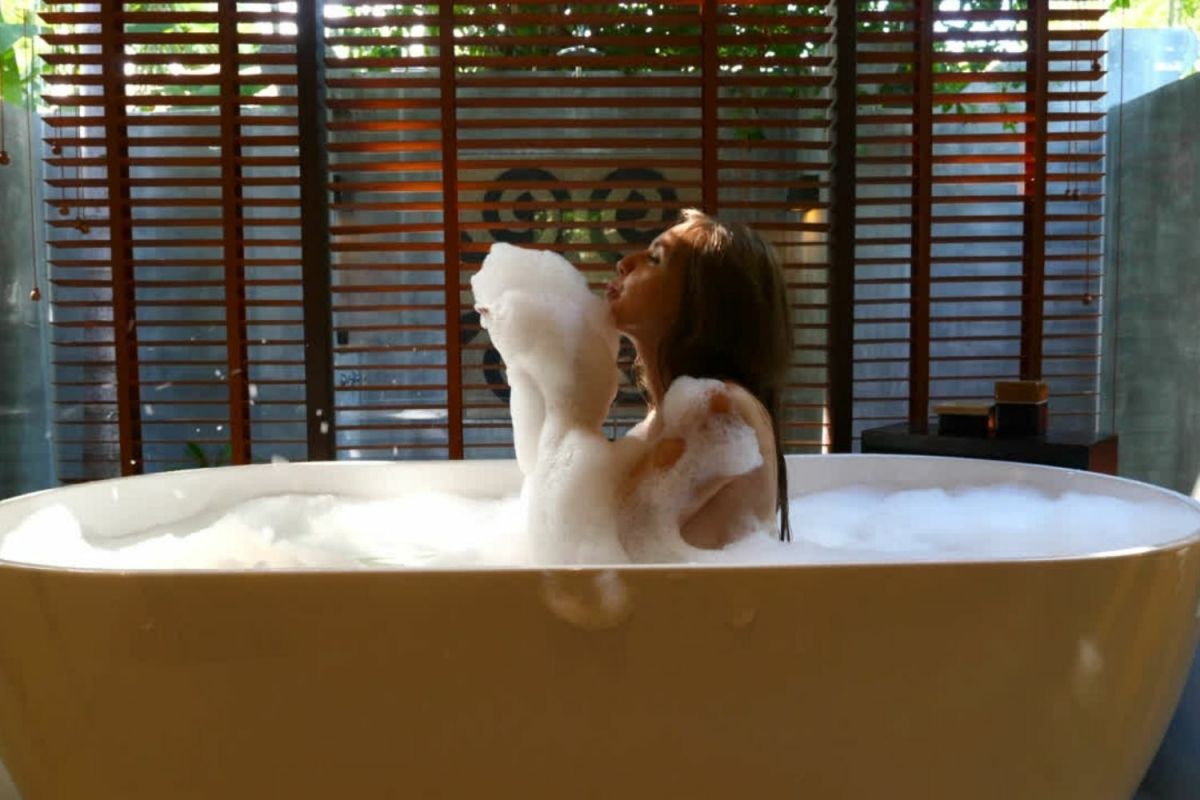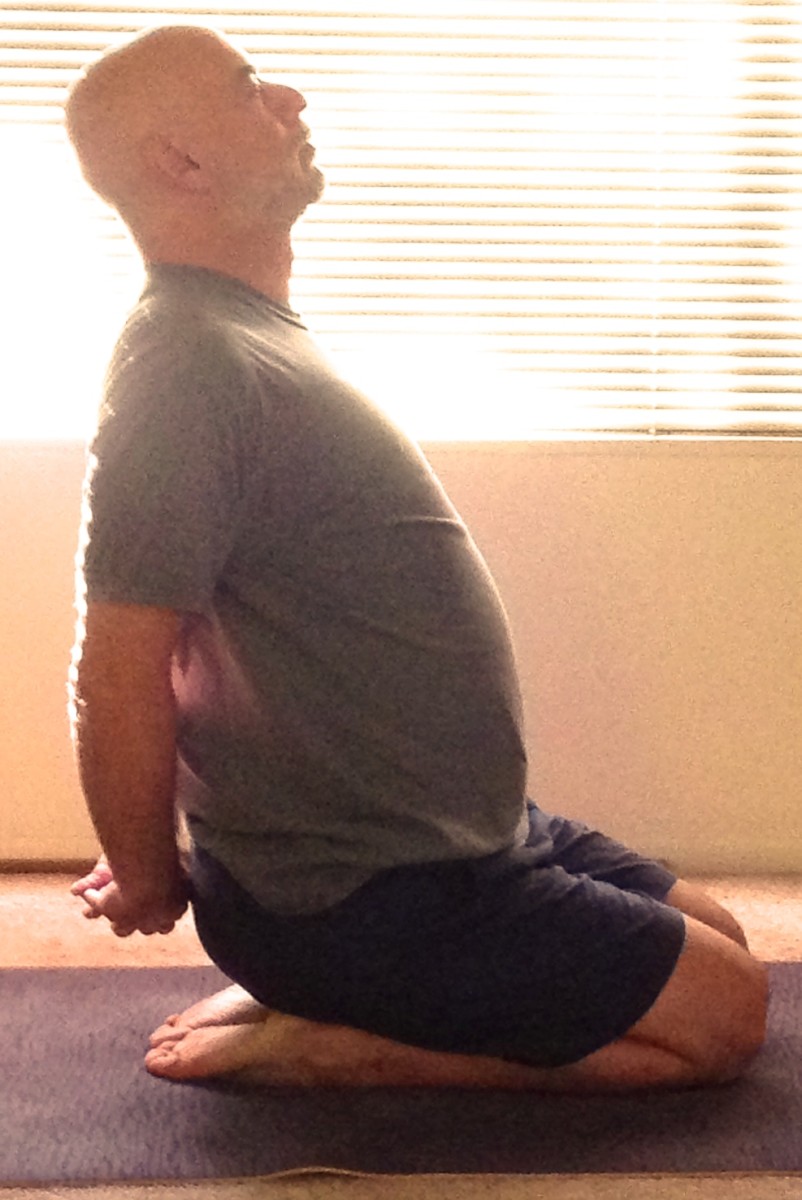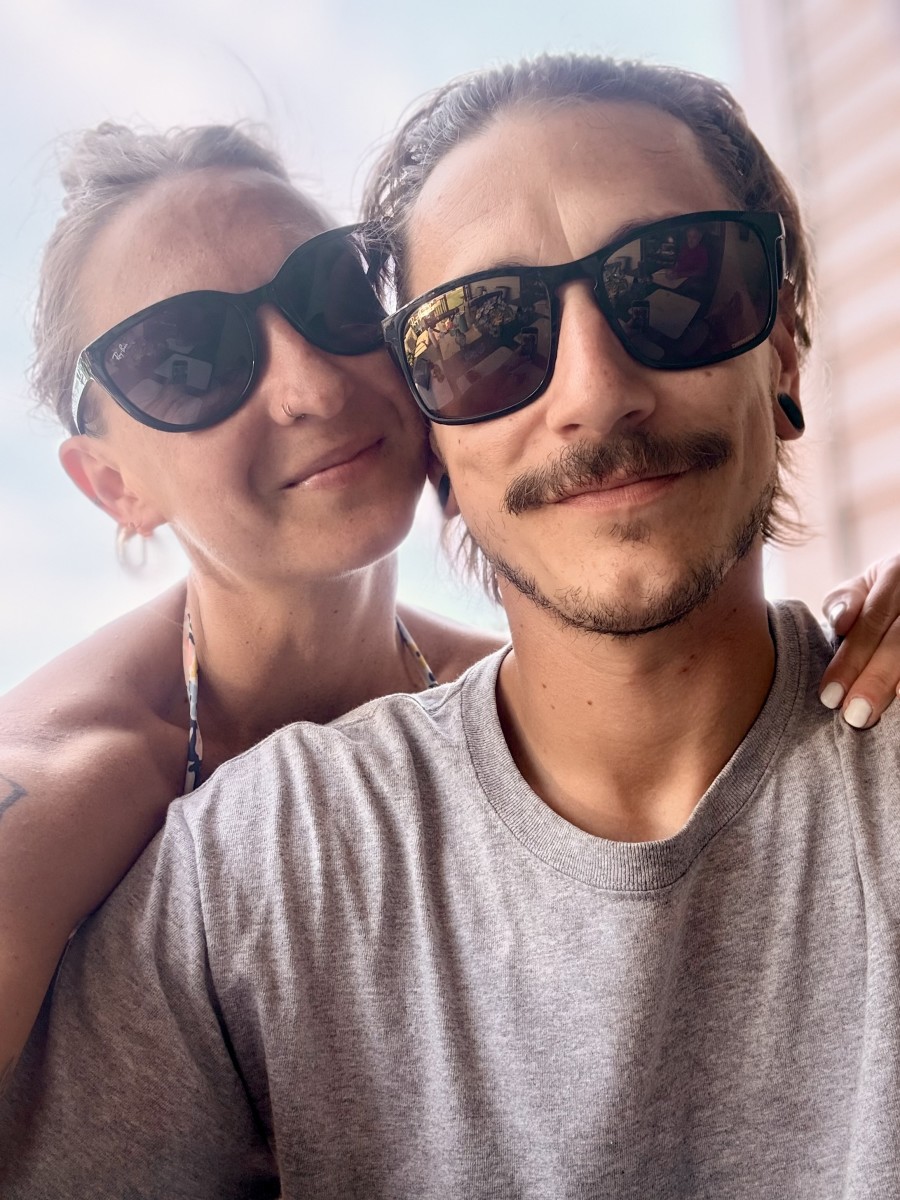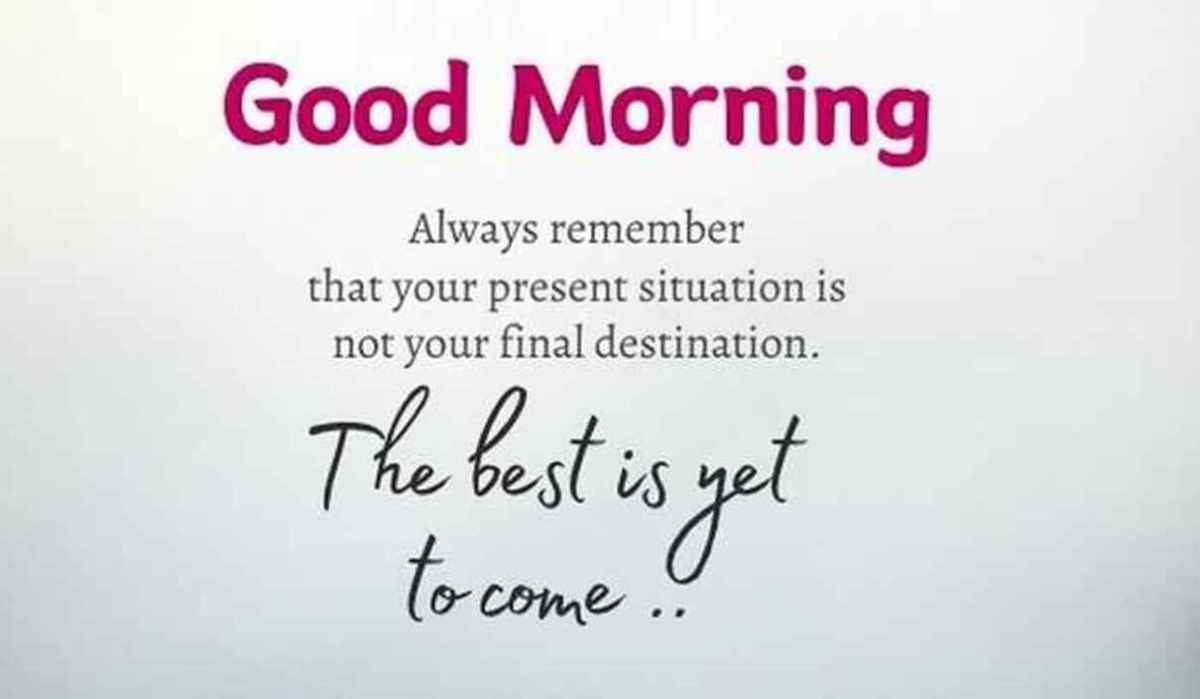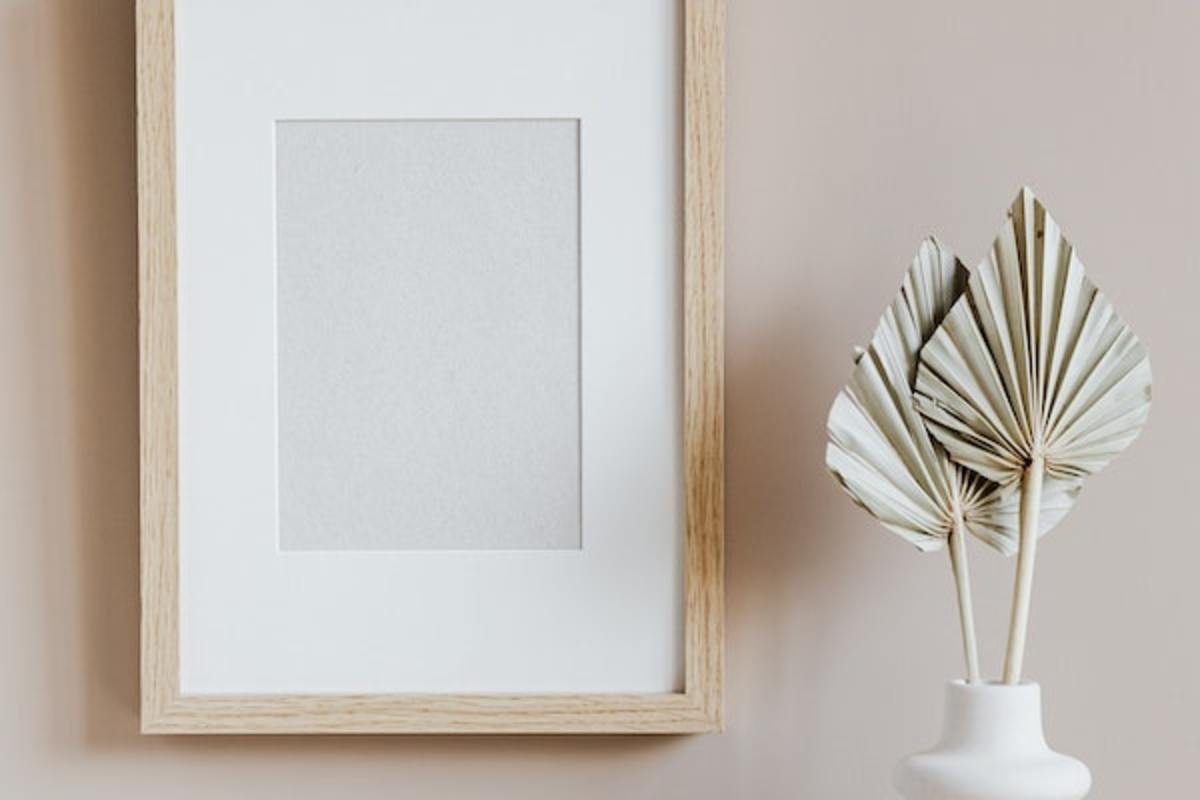Breathe, Breath Work and Breath Walking: Ways to Relax and Destress
Breathe in, Breathe out
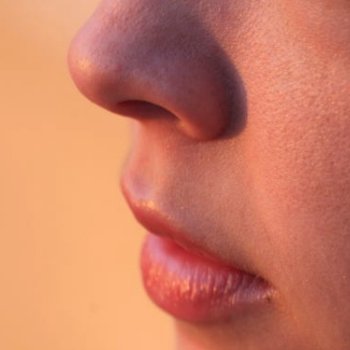
A Powerful Relaxation Tool
Many people are surprised to discover that they carry a powerful relaxation technique with them at all times. All they need to do is become aware and plug into it to take advantage of the many benefits.
What is this powerful relaxation tool?
The breath and breathing.
Slowing down to focus on one's breath can be very a effective method for helping to consciously relax; this technique can also have powerful effects on one's ability to cope with stress.
Breathing, Breath Work and Breathwalking are three very simple ways to relax, unwind and destress.
Count Your Breaths
15 breaths/minute x 60 minutes/hour x 24 hours/day = 21,600 breaths/day
Defining Breathe
Breathe has several different definitions according to Dictionary.com.
"To breathe" is:
- To take in air (or oxygen) into the lungs,
- To inhale and exhale
- To respire
- To pause
- To take rest
While the initial definitions focus on the physiological effects of the breath that are needed to sustain life, the latter definitions, "to pause" and "to take rest" focus on the relaxation and stress reduction effects.
Poll on Breaths
What is the average number of breaths that you take each day?
Health Benefits of Breathing
Breathing has been shown to have many different health benefits from helping to manage stress to managing a variety of different chronic illness.
Some of the mental health issues improved by just breathing include:
- Stress
- Insomnia
- Anxiety and panic attacks
- Depression and mood disorders
In addition breathing helps improve the symptoms of several acute and chronic illness along with helping with pain management.
- Asthma
- Hot Flashes
- Manage Chronic Illnesses: Heart disease, High blood pressure, Cancer and HIV/AIDS
- Decrease Pain
Breathing is also important to the health and performance of athletes.
- Increased endurance
- Improved sports performance
Keep a Visual Reminder to Breathe
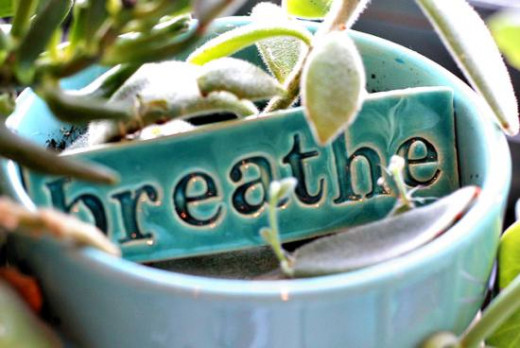
Breath Awareness Mantra
Use this quote as a mantra to help in relaxing and being present.
Breathing in, I calm my body.
Breathing out, I smile.
Dwelling in the present moment
I know this is a wonderful moment.
Thich Nhat Hanh
Ways to Remember to Breathe
I use several different cues and visual reminders to help me remember to focus on my breath and to breathe.
Here are a few cues to use:
- A small rock with "Breathe" on the desk.
- A trinket dish with "inhale, exhale, repeat"
- A pocket token with "Breathe."
- A bracelet with "Just Breathe."
- A wall decal with "Just Bareathe."
- A walll hanging with "Keep Calm and Just Breathe."
A Question on Breathing
Do you think about your breath and breathing during the day?
Breathing Just Happens
Breathing is something we do automatically every day on an average of 21,600 times.
It is a quick way to calm down, to quiet anger, to lower the heart rate and reduce stress,but many of us do not really stop to think about our breath or breathing.
Dr. Kirsti A. Dyer
HealthfulMD
Slow, Deep Breathing
One of the easiest techniques to learn is slow, deep breathing. This technique will help you calm down in just a few deep breaths.
- Pause to focus on the breath.
- Breathe in slowly and deeply.
- Breathe out slowly.
- Repeat at least 3 times.
- Feel your body relax.
When breathing in and out, you may want breath to count of 2 to 4, whatever it takes to get in a slow and deep breath.
This is a technique I have been writing about and teaching for many years.
Quick Calm Deep Breathing
Think
I am warm.
I am calm.
Quick Calm Breathe
The Quick Calm Deep Breathing technique as explained by Jordan Friedman, The Stress Coack, is a helpful technique that can be used to calm down anytime.
Use it anytime you are faced with a stressful event like a presentation or exam, during an argument, when driving or flying and if having a panic episode.
Just remember “I am warm” and “I am calm.”
More Ways to Keep Calm After a Job Loss
- How to Keep Calm and Move On After Losing a Job
Losing a job or being downsized at work can have a significant impact on ones health and wellness. Finding ways to keep calm and move on after experiencing job loss can make the transition easier.
Breathing Techniques
Slow, Deep Breathing
| 4-7-8 Breathing
| Breath Walking
|
|---|---|---|
1. Pause to focus on the breath
| *Quick to teach to patients*
| *Can be done outside*
|
2. Breathe in slowly and deeply
| 1. Breathe through the nose to a count of 4
| Breathe in for 4
|
3. Breathe out slowly
| 2. Hold for a count of 7
| Breathe out for 4
|
4. Repeat at least 3 times
| 3. Breath out through the nose to a count of 8.
| Walk in cadence with the count of 4
|
5. Feel the body relax
| Repeat for 4 cycles
| Can do Wave or Stair breathing
|
Summaries of different breathing techniques used for relaxation and stress reduction.
Learn Breath Work and Breathwalking from the Experts
As part of a Fellowship program in Integrative Medicine, I have the privilege of learning from, breathing and walking with some of the leading experts in the field of Integrative Medicine.
The hand selected collection of video clips are ones that I have presented to my graduate and continusing education students in courses that I have taught on Integrative Medicine and on Grief, Loss and Bereavement.
Why Breathwork Maters - Dr. Andrew Weil
Focus on the Breath
Make your breath—Deeper, Slower, Quieter and More Regular
Dr. Andrew Weil
Thoughts on Breathing
In this first video Dr. Weil explains his thoughts on Breath Work.
He also shares how using the breath is an easy integrative practice that can provide great health benefits.
Breath Awareness - Dr. Andrew Weil
Breath Awareness and 4-7-8 Breathing Technique
This video was recorded at one of the Fellowship Residential Weeks by another one of the Integrative Medicine Fellows.
Listen to Dr. Weil discuss how one can become more aware of the breath. He then goes on to explain and demonstrate the 4-7-8 breathing technique.
Breath Awareness is shifting focus or becoming aware of the breath, particularly when dealing with stressful situations or when experiencing upsetting thoughts.
The 4-7-8 breathing technique can quickly and easily learned and then be taught to others including children in the classroom and patients in the office or hospital settings.
Breathing for Health
Practicing regular, mindful breathing can be calming and energizing and can even help with stress-related health problems ranging from panic attacks to digestive disorders.
Andrew Weil, M.D.
Three Breathing Exercises
- Breathing: Three Exercises | Dr. Weil
Since breathing is something we can control and regulate, it is a useful tool for achieving a relaxed and clear state of mind.
Minute Medicine - Dr. Tierarona Low Dog
Life is Your Best Medicine
4-7-8 Breathing technique - Dr. Tieraona Low Dog
In this video Dr. Tieraona Low Dog shares a Minute Medicine with a simple meditation technique that you can do anywhere, anytime.
Dr. Low Dog shares her view on breathing and the the 4-7-8 breathing technique as part of a book promo for her book, Life is Your Best Medicine.
Discover more about health, heaing and wholeness for women and men by reading her book on Life is Your Best Medicine.
Breathwalking - Dr. Jim Nicolai
Breathwalking Technique - Dr. Jim Nicolai
In this video, Integrative Medicine Fellow graduate, Dr. Jim Nicolai, demonstrates how you can easily combine breathing with walking or breathwalking.
He teaches how to breathe "fuller, deeper and more even" while walking at the same time. There are two main breathing styles, waves and stairs. Each are done to a count of 4.
With Breathwalking you get the benefits of walking, breathing and meditation all at the same time. This is a particulary helpful technique for those who enjoy being outside walking.
I had a chance to experience breathwalking with Dr. Nicolai at a conference in 2013 and it was a fun technique to learn. It is an easy meditative, movement technique to learn.
Just Breathe
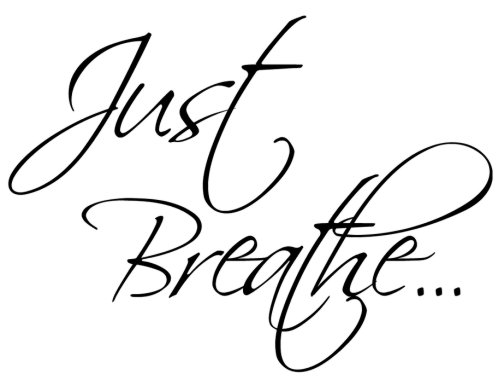
Review of Techniques
Several different breathing techniques were present on this page as ways to help in focusing, relaxing and unwinding.
The techniques include:
- Slow, Deep Breaths
- Breath Awareness
- 4-7-8 Breathing
- Breath Walking
Experiment with these different techniques and see which one or ones work the best for you.
© 2014 Kirsti A. Dyer
